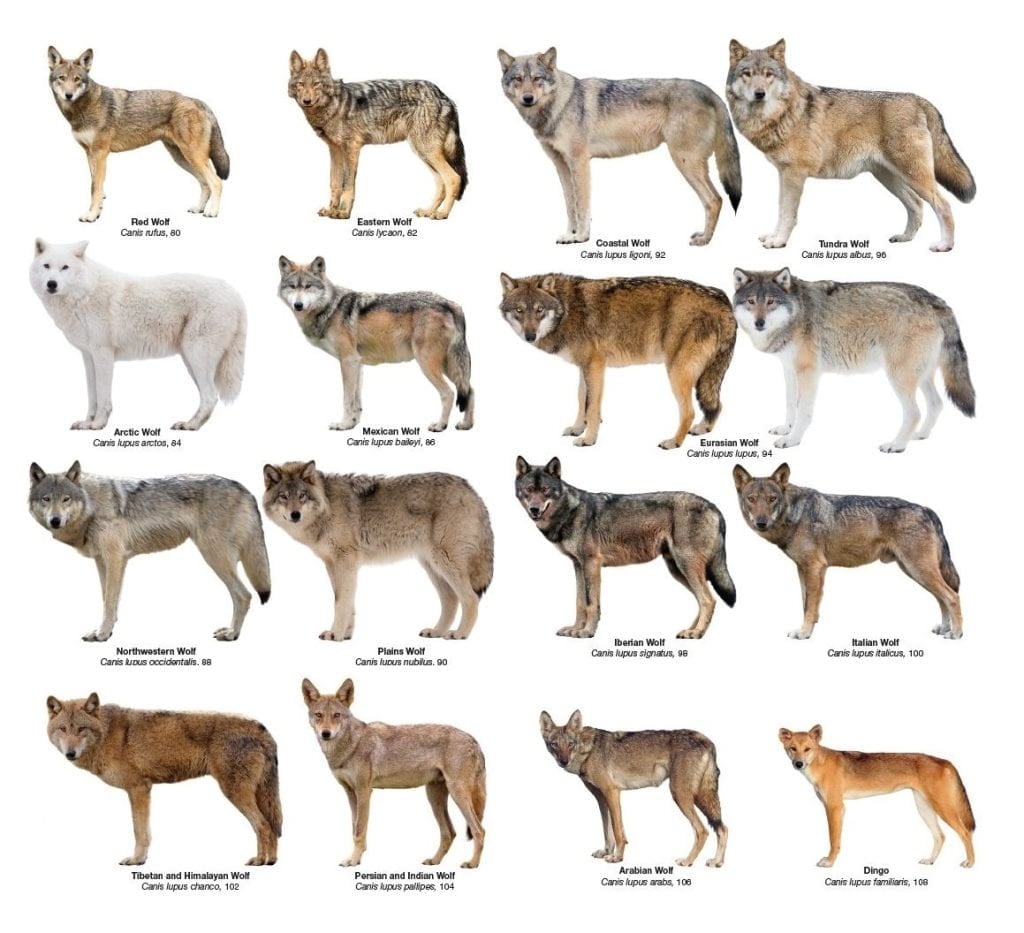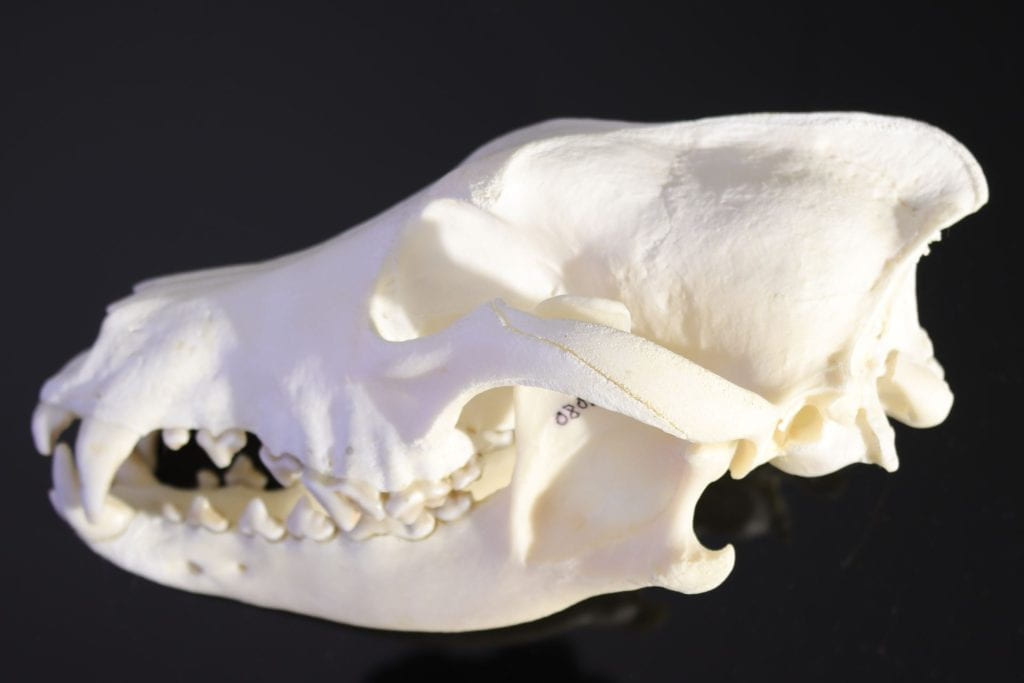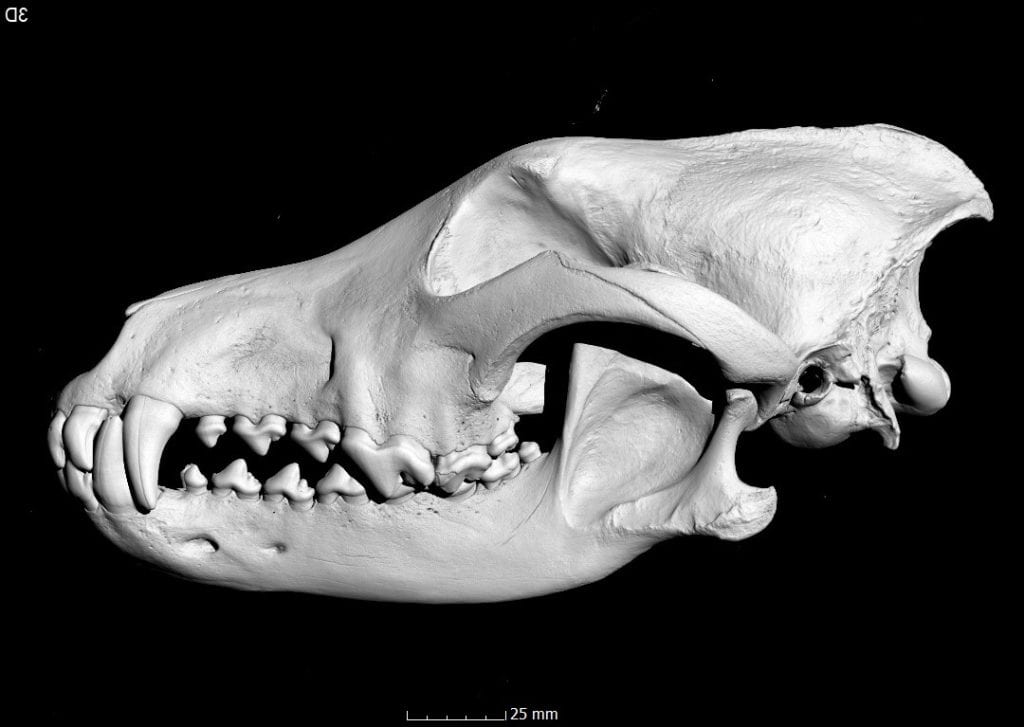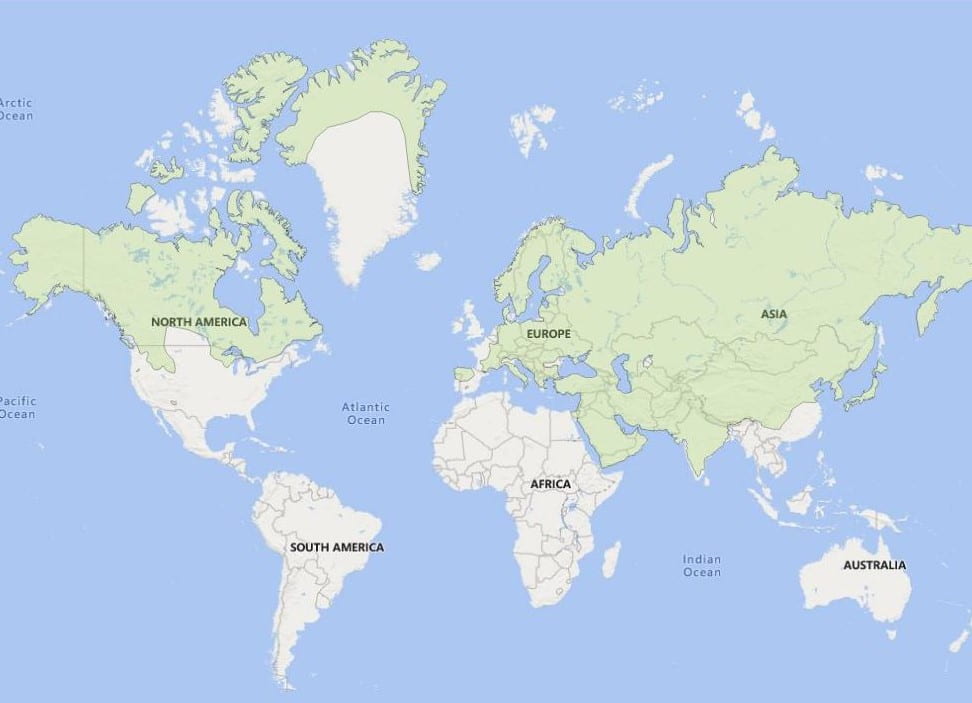By Dominika Bujnakova
Wolves are carnivores with massive but often unrecognized and unappreciated impact on the ecosystems. Yet, in the scientific community, they are often referred to as a keystone species. By controlling their prey populations, they create space for others to thrive, thus increasing diversity and balancing the ecosystems. The best example is their re-introduction to Yellowstone National Park (USA) after 70 years of absence.
Despite their balancing effect on the environment, they have been facing a severe persecution with its peak in mid 20th century. This has lead to contraction of their geographical range across whole Northern Hemisphere. However, protection measures by European Union in recent years proved effective and wolf population is slowly reoccupying their former ranges across Europe.
Wolf is a versatile and adaptive carnivore that can be found from deserts to arctic tundra. One would naturally expect that they display some variation and specific characteristics across different habitats. These features can be observed in their fur length and density, as well as their colour.

The wolf populations also vary in their genetic make-up, with the most recently identified Himalayan and African wolves being the most distinct. But, how their morphology varies across the world, especially cranial morphology that would most likely reflect their prey, is yet to be answered.
Our journey began in 2020, when we started planning the project. Instead of using traditional morphological measurements, we use 3D reconstructed models for our analyses. This provides higher level of details and allows us to use not only linear measurement but also geometric shape of the skulls. Some 3D models are already available online, but the information on original location of these individuals is scarce which renders many specimens unusable for our purpose.
That is why we set out on a long and labour intensive journey to loan wolf skulls from museums across the world and CT scan them so that we can reconstruct the 3D skulls and apply geometric morphometric analytical tools to explore our main question: Is there variation in wolf cranial morphology, and if so, how does it vary across different environments?
In other words (or pictures), getting from this:

To this:

Is definitely not an easy task. Nevertheless, it is worth the effort.
This will form a large part of my PhD thesis and I will post results here as I get them. So, keep an eye on the updates!
